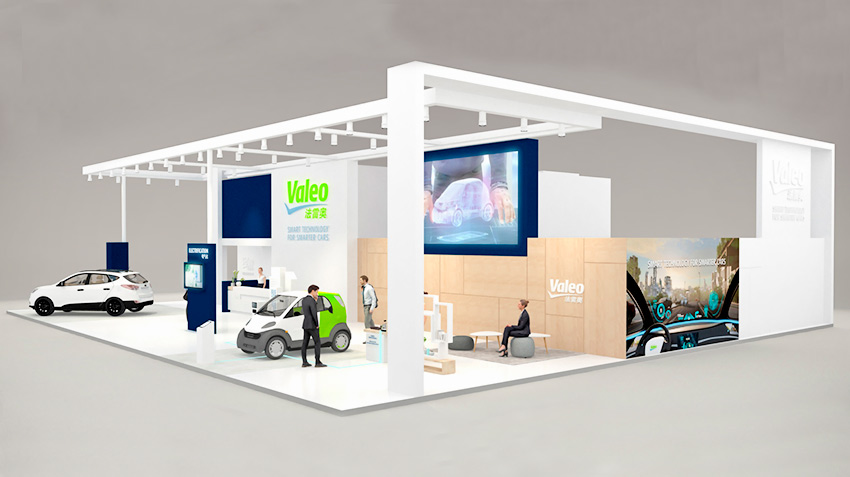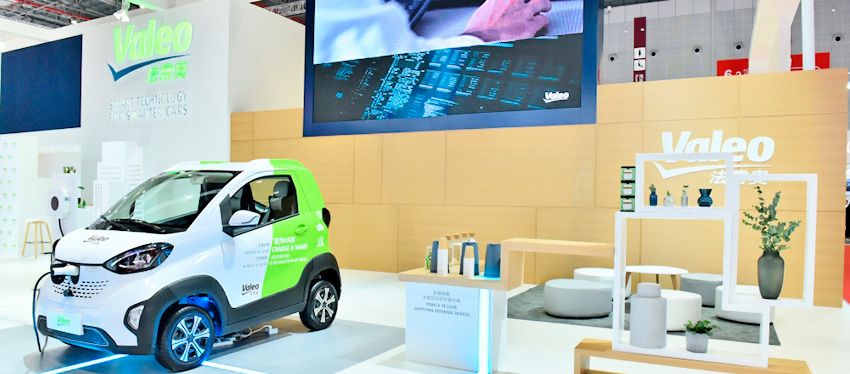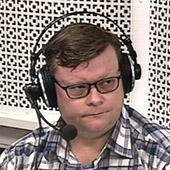Valeo showed at the Shanghai motor show V2L and V2G technology in action

13 May 2019
Electric cars will learn to heat kettles and irons
When electric vehicles are connected to charging stations, this is usually done to receive from it power to charge their batteries. Now, thanks to the innovative technology of reverse charging of the device that created the Group Valeo electric vehicles will be able to direct the energy in the opposite direction. In Shanghai Valeo demonstrated that reversible charger that allows the electric cars to send electricity back to the network with the use of technology "vehicle grid" (V2G). That's not all: the reversible charger also allows you to send electricity to a particular energy consumer through technology V2l (Vehicle to Load).
Visitors to the motor show in Shanghai could directly experience such a system, because the Valeo stand was provided with a sample of electric vehicles with a prototype of such a reversible battery charger. Connected to a charging station developed jointly with a Chinese company Xcharge, this device demonstrates how electricity from batteries BEV can be repeatedly returned to the network. The Valeo stand visitors could enjoy a hot drink heated by this technology, the bi – directional charger was supplied kettle in the bar of the stand.

There are currently no global solution to store excess electricity, therefore, reverse the charger Valeo was an important step forward in addressing the problems of storage and distribution. Thus, the V2G technology can effectively solve the problem of storage of electricity, which will support energy companies, will enable the manufacturers and suppliers of charging stations to supply the market with new services.
PS what the future world fleet of electric vehicles will charge primarily from wind (wind turbines) and solar (SPS) power stations – it is clear for several years, though, opponents of electric vehicles and representatives of the traditional power generating technologies and trying to challenge it. Otherwise, changing (warming) climate can be fatal to humans that also continue to challenge some traditionalists-conservatives (however, witnessing is literally out the window, the picture proves the opposite). And yet objectively, sunshine hours, and wind is not always the case, and the consumption of electricity, by contrast, has its hard daily and seasonal graphics – the future of the global energy sector today is how to reconcile these mutually exclusive options generation and consumption. Without storage electricity there's just not enough. While offering (in addition to traditional PSPs) to create storage station "waste", ie lost more than 30% capacity in the batteries of electric vehicles, which also still has the effect to delay the disposal of toxic elements battery. In the future, options for the development of primarily offshore wind farms (wind turbines) hydrogen by electrolysis of sea water with subsequent injection of H2 obtained in the gasholder tanks for storage, and then use or direct electricity generation in exact accordance with the needs of users, or as hydrogen fuel in transport (commercial vehicles, railway and aviation), most likely with the use of fuel cells (Fuel Cell). The technology is tempting, but expensive and too centralized, but alternative technologies V2l and V2G help to solve these questions it is much less expensive, and most importantly discrete. Ie if there is sufficient size fleet of electric vehicles, their batteries could become a kind of "cloud" funded system, which at night will be charged cheaper (in the long term mainly wind) in electricity, in morning and evening peaks to give it back to the grid, and it is the most needy consumers. The group Valeo is not the first of the manufacturers who applied to V2G technology, for example, last year an even more sophisticated system showed Honda – its system to take into account even environmental damage from the production of each kilowatt charge and included electric vehicle charging only when the optimal combination of parameters, but the combination of reversible charge-discharge and targeted nutrition energy consumers (V2l) is undoubtedly the next step in the direction of the electric future of humanity..
|
|
|
Element was not found.








